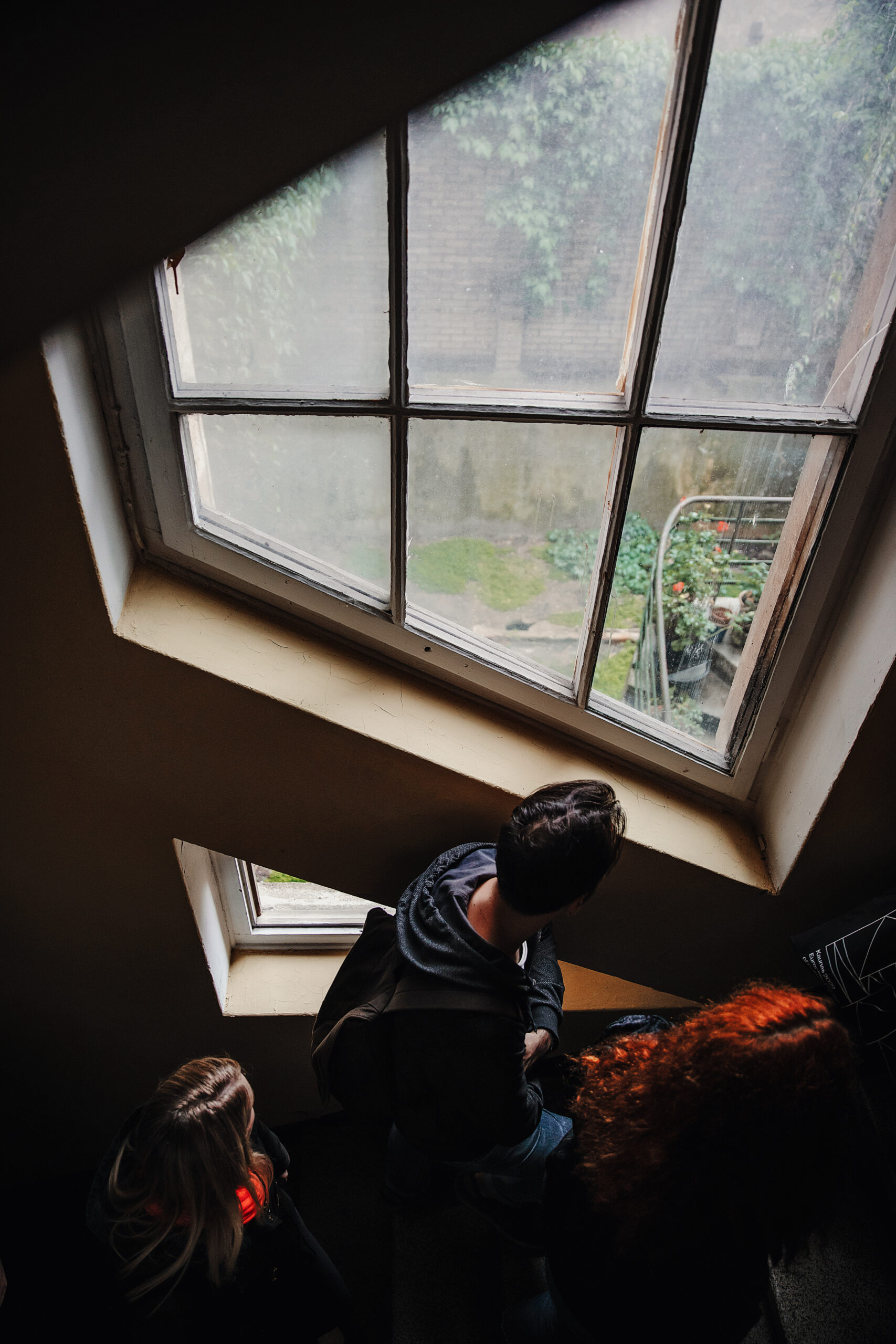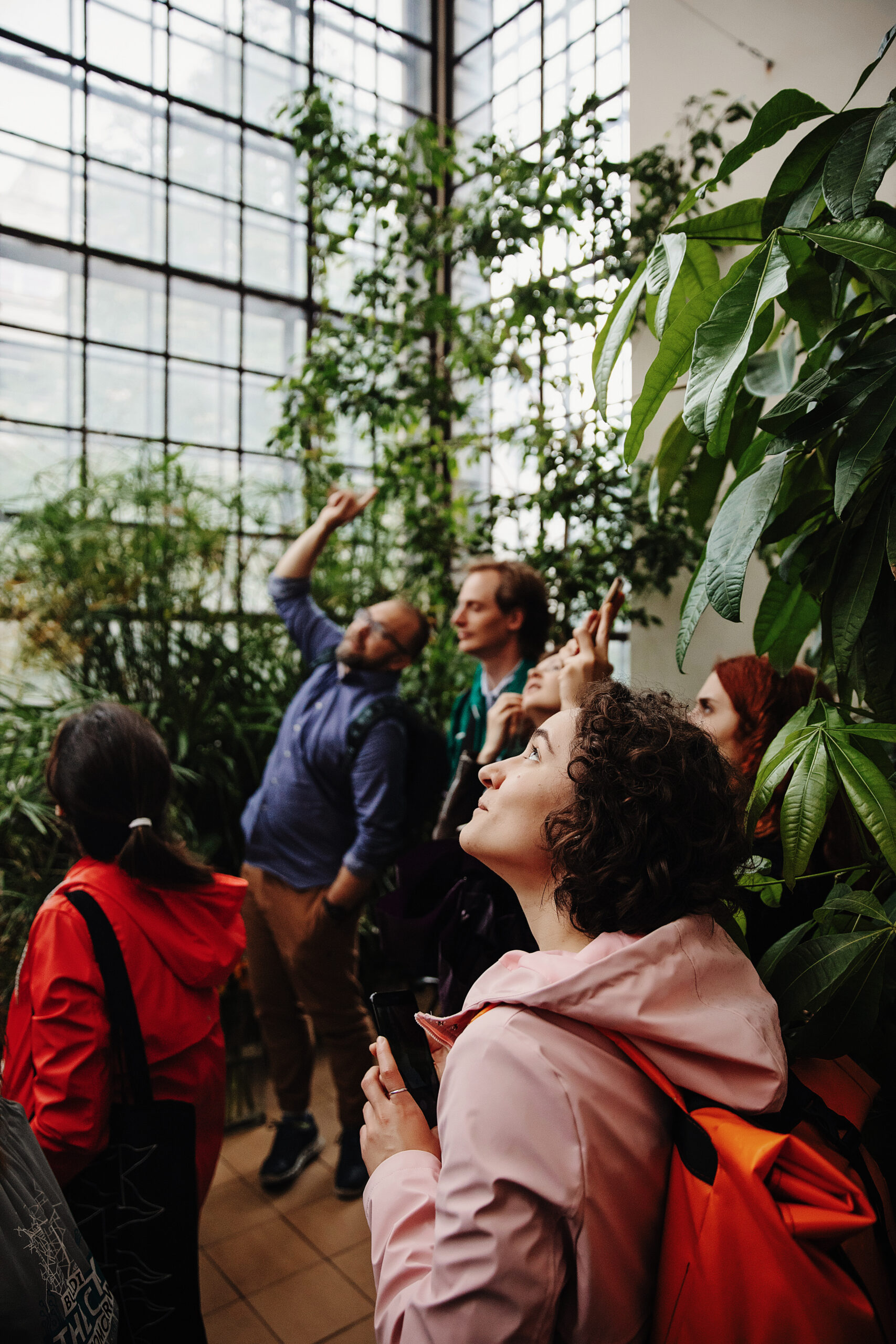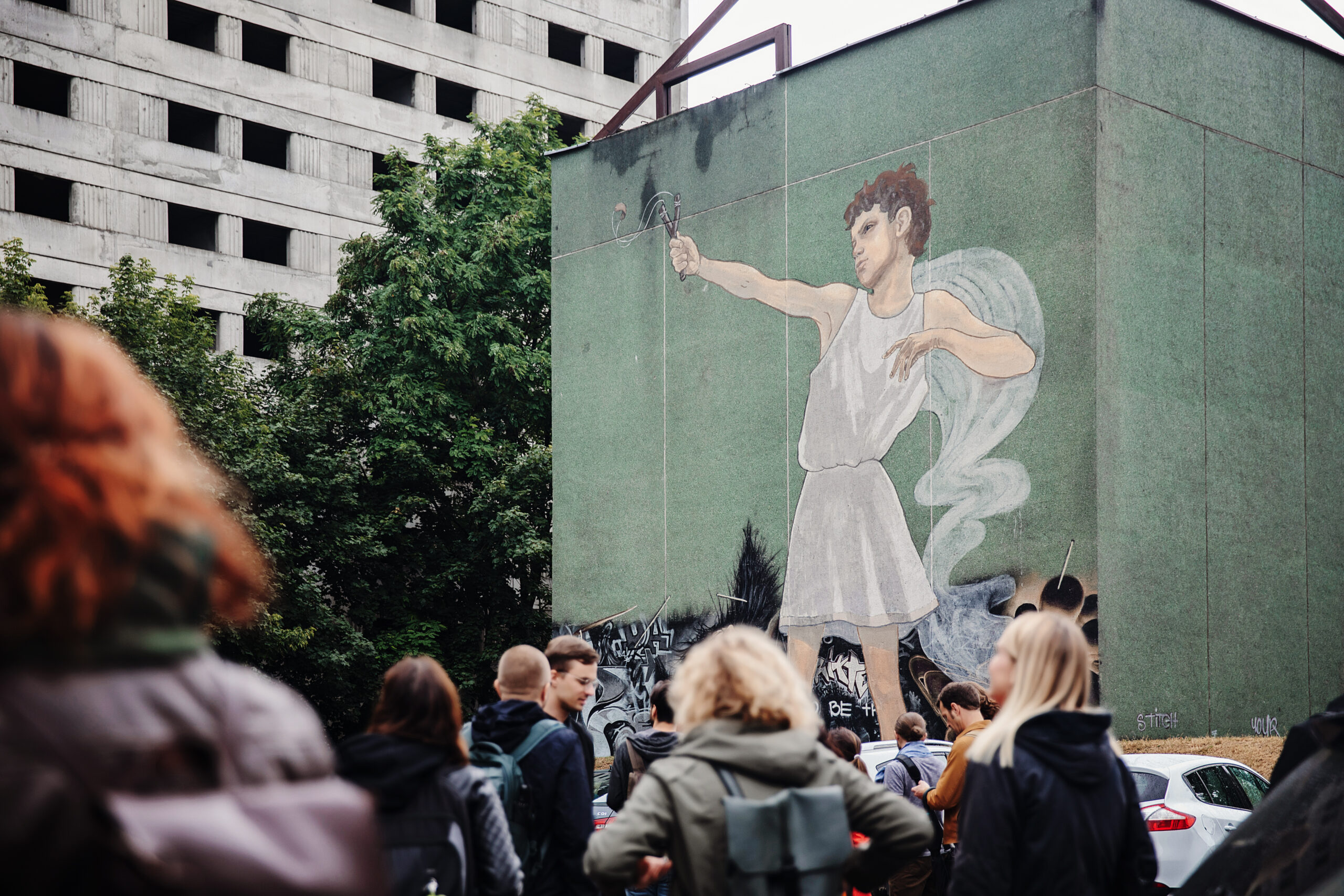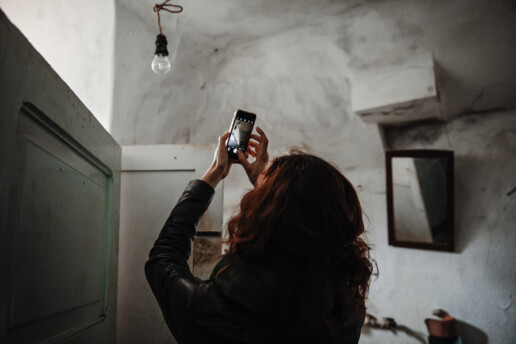Grande Saison SanuaK: See Kaunas through the eyes of others
Kaunas and Berlin are joining forces to give Kaunas residents and guests a special experience. International artists from B_Tour (Berlin) and local tour guides from Ekskursas (Kaunas) have united their expertise and created a programme of three guided tours titled Grande Saison SanuaK. As part of Kaunas European Capital of Culture 2022, on Sundays of May (1st, 8th, and 15th), the tours will challenge the visitors’ perspective on their surroundings with creativity and humour. From exploring puddles or cracks in the asphalt to getting to know some local senior women, the organizers of the programme promise to surprise, make laugh, and help to see the city in a new light.
Grande Saison SanuaK refers to the Grande Saison Dada spring series of tours organised by the Dada group in 1921, Paris. Inspired by this happening, the excursions in Kaunas will combine auditory, visual, performative, narrative, and somatic artistic strategies to challenge the social structure of the guided tour playfully.
According to Yael Sherill, the artistic director of B_Tour, conventional guided tours are mostly focused on the sites. In contrast, artistic tours offer a unique experience created by artists: “During the three tours, the “site” might be a commonplace courtyard facing a “normal” residential building, a crack in the asphalt or a private student apartment.”

Her colleague Lianne Mol adds that these “sites” become part of a larger narrative told by the artists about intergenerational trauma, post-war architecture, and utopian philosophy.
„The tours apply various strategies; performativity, visual storytelling, intimate conversations, awkward silences, phone calls… You will have to come and see!“ invites Sherill.
The excursions will take place in the city centre and Šančiai district. The visitors will be invited for a one-to-one conversation in a secret location with “Mamos Mama Mena”, local senior women who will tell their personal stories about Kaunas under Russian influence. Co-walkers will discover the wishes and needs, shyness, and anxiety of puddles in the Šančiai district on the tour Puddle Watching. And on the tour Die Wohnung (The Dwelling), the audience will visit the first Bauhaus settlement worldwide in Stuttgart, Germany, without ever boarding a plane.
Kaunas is open to new experiences
Dada’s series of happenings and manifestations in the public space in 1921 included an excursion to the St. Julien-le-Pauvre church. The independent curators from Berlin note that this site-seeing trip was promoted in flyers and newspapers as an alternative guided tour that would correct the incompetence of regular tour guides and visit places with “no reason to exist”.
In line with the Dadaist approach, the excursion consisted of a series of events, like the guide Georges Ribemont-Dessaignes reading the definitions of random words from the dictionary in several places and the performative presentation of a manifesto by André Breton.
As Breton would recall in his text “Artificial Hells”, this excursion intended to lay bare and break down the social structure of the guided tour and tourism itself. The surrealist writer Georges Hungnet described the events as an “absurd Rendez-Vous, mimicking instructive walks”.

“101 years later, both of our organisations find the Dadaist tour incredibly contemporary, creative, and full of humour, and we decided to experiment with our own Grande Saison,” says Sherill.
According to Algimantas Grigas, coordinator at Ekskursas, Kaunas is a perfect place to experiment and fuse artistic knowledge into new products: “New guided tours that move the boundaries of what a guided tour is in Lithuania.”
He explains that Kaunas was the birthplace of Jurgis (George) Mačiūnas, one of the founders and active proclaimers of Fluxus art. The aftermath of the World Wars directly influenced both Fluxus and Dada. While Dada rejected the fact that art has to be beautiful, Fluxus not only put forward ideas that everyone can be an artist but also employed certain Neo-Dadaist tendencies like the opposition to sensory aesthetics.
It is important to rediscover old places
The tours not only explore the city’s secret places. They also reflect on the production and distribution of knowledge.
„Decolonising sacred cows of the modernist narrative, the tours rewrite hegemonic stories. They employ embodied knowledge, perspective-shifting, and humour to challenge dominant stances in a subtle, thought-provoking, and creative way,“ says Mol.
She notes that tourism is a great privilege these days – discovering different ways of living and thinking is a gift. However, because of globalisation, tourism is no longer about finding the differences – it is about reproducing what is the same and easily consumable.
“The tours we show aim to do precisely the opposite. Not every person will love all the tours, but we hope you will find at least one that is eye-opening and enjoyable!“ smiles Sherill.
She adds another reason for it – climate change. People in the global north should take responsibility for their actions, like every-weekend trips by airplane: “Flights account for a huge amount of the global carbon dioxide production, so there is a great potential in rediscovering one’s city in completely new and unexpected ways.”
Photo author Martynas Plepys


